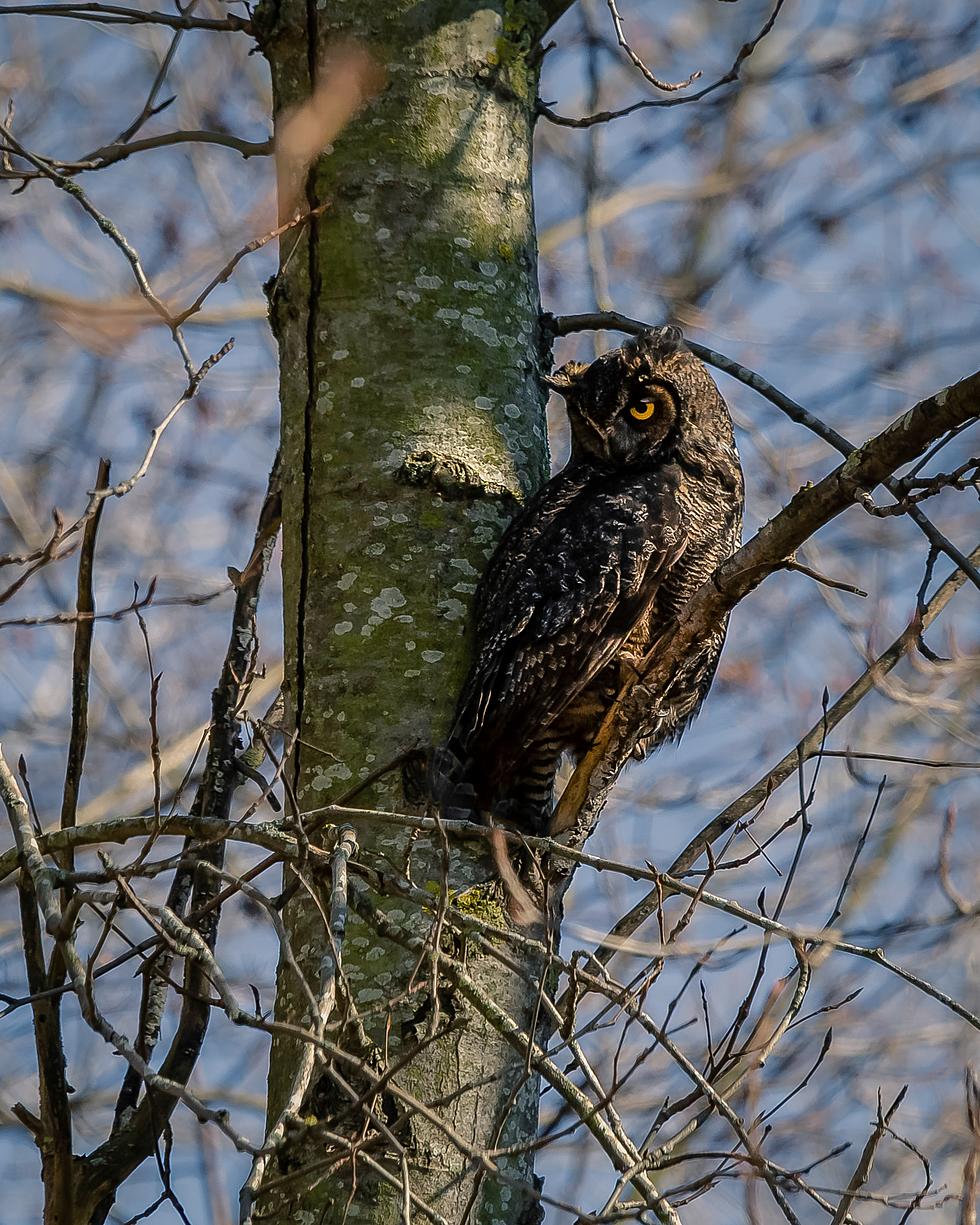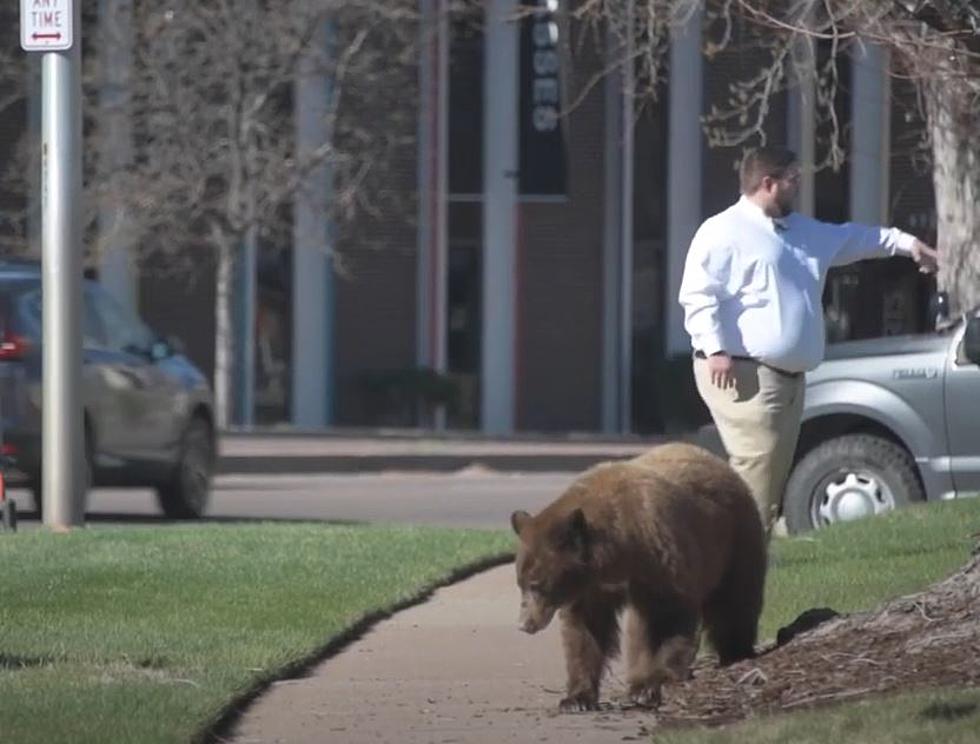
Champagne 101 — How Not to Sound Dumb About the Bubbly
Champagne isn't generally one of those drinks we order up at the bar, but it is something we often like to share when celebrating. Chances are, at some point you will need to know how to choose champagne, either for a toast on a night out with friends, to give as a gift to a friend or colleague to celebrate a win, or to have on hand to commemorate an anniversary or a big step with someone you love.
Sparkling wine celebrates life and that's something you should always be ready to do. Here are some pointers.
Champagne and Sparkling Wine: Bubbly Semantics
This is basic, and you may already know at least this much, but it can't be left out when discussing bubbly. "Champagne" refers only to sparkling wines made in the Champagne region of France, by their specific traditions. There are actually ancient treaties about this, so it's kind of a big deal.
All other bubblies made anywhere else -- even if they're made using the same methods as those in Champagne -- are referred to as sparkling wine. You will look like a fool if you say you're serving "an Italian champagne." Nobody wants that. Italy makes some great (and inexpensive) sparkling wines, but they cannot make champagne.
Are You Dry, a Brut or Sweet?
The next thing you need to know about sparkling wines is which general type you (or your guests) like. Basically, you'll be choosing from brut, extra dry, dry or sweet.
When champagne or sparkling wine is made, it is fermented a second time with yeast and sugar, which is where the bubbles come from. It is the amount of sugar added in this second fermentation and then later when the fermentation is complete that determines the flavor of the sparkling wine.
A brut contains no more than 1.5 percent sugar (an ultra brut or brut sauvage will have none) and is considered the driest and least sweet. Next on the scale are dry champagnes (usually identified with the word “sec” on a bottle). An extra-sec Champagne contains only 2 percent sugar, while a dry or sec champagne has at least 4 percent sugar. A demi-sec is even sweeter, with 8 percent sugar content. The sweetest sparkling wine is a doux and contains 10 percent sugar. A Moscato is usually a doux and goes great with dessert.
Classic and Vintage Sound the Same but Aren't
Now that you know the basics of champagne, it's time to get a bit more specific so you can sound smart at your boss's retirement luncheon when you hand over that classy bottle of bubbly you bought. Generally, sparkling wines are blended. This means that as each batch is finished, it's mixed with other batches of the same flavor so the company can retain its branded taste and quality.
If a producer feels some of their grapes had an exceptionally good year, they'll bottle a vintage. So, if you buy a bottle from a dated vintage, it's likely to be a delicious and (more expensive) limited-edition beverage, but it may not taste like what you're used to from a certain producer. And it's really up to the producer to decide if a year is tasty enough to be a vintage. A classic champagne is a safe bet, but a vintage year might be a notable gift for someone.
Blanc de Blancs, Blanc de Noirs and Rosé, Oh My
Things are starting to get specific now. This is the kind of information that will make you sound interesting and worldly at a social gathering, but may not determine your taste in champagne. But if you need a place to start when trying to find something you like, knowing the difference between white and red sparkling wine could help.
Bubblies are usually made from chardonnay, pino noir and pinot meunier grapes. If a sparkling wine is labeled “Blanc de Blancs,” this means “white of whites” and that white wine grapes were used. If it's a champagne, then just chardonnay grapes were used and the flavor is lighter. If it's a sparkling wine, it could be any kind of white wine grape.
If the bottle says “Blanc de Noirs,” it's a white wine made from black grapes. The wine remains white because the grape skins are removed after crushing. A Blanc de Noirs champagne would contain the pinot noir or pinot meunier grapes, or a mixture. Sparkling Blanc de Noirs are more yellow and could be almost pink.
A rosé is a heavier sparkling wine that goes well with meals. The color is salmon to pink because red wine is added in the finishing process. If you know whether or not you prefer white or red wine, you may be able to figure out what sparkling wine would suit you best.
Class Final: Serving the Champagne
You can shop all day for the best bubbly, but if you don't know how to serve it, it isn't going to matter. The best temperature for serving champagne is 45 degrees. You can chill it in the refrigerator for a few hours, or in the freezer for about 15 minutes. Or you can go classic suave and place your carefully chosen bottle in a bucket of ice for 30 minutes.
After you pop the cork, keep the bottle in a bucket filled with ice and water. And speaking of popping the cork, there's a proper way to do that too. Okay, if you win a car race or football championship, by all means, pop the cork into the air and let all the bubbles fizz out. But if you want to actually drink the champagne you spent all your time and money on, there's a better way -- and a safer way.
Gently remove the foil and wire from around the cork. Use a kitchen towel or cloth to cover the cork while you loosen the wire cage. It is very important to tip the bottle at a 45-degree angle (away from you and your guests) to allow space for the bubbles to expand. There is a lot of pressure in a bottle of sparkling wine, and your celebration will likely be cut short if you put someone's eye out.
Using the cloth to cover the cork, grasp the cork with one hand and twist the bottle with your other hand. Do not twist or loosen the cork. Use the bottle as your leverage. The pressure in the bottle should gently force out the cork. Your bubbly will keep its bubbles and your guests will keep their eyes. Pour slowly and toast graciously. And, by the way, tall glasses are better than short wide ones, as they keep in more of the bubbles.
More From Kool 107.9
![Classic PFM: Peyton Poses as Intern for Denver Broncos [Video]](http://townsquare.media/site/49/files/2021/05/Peyton.jpg?w=980&q=75)








